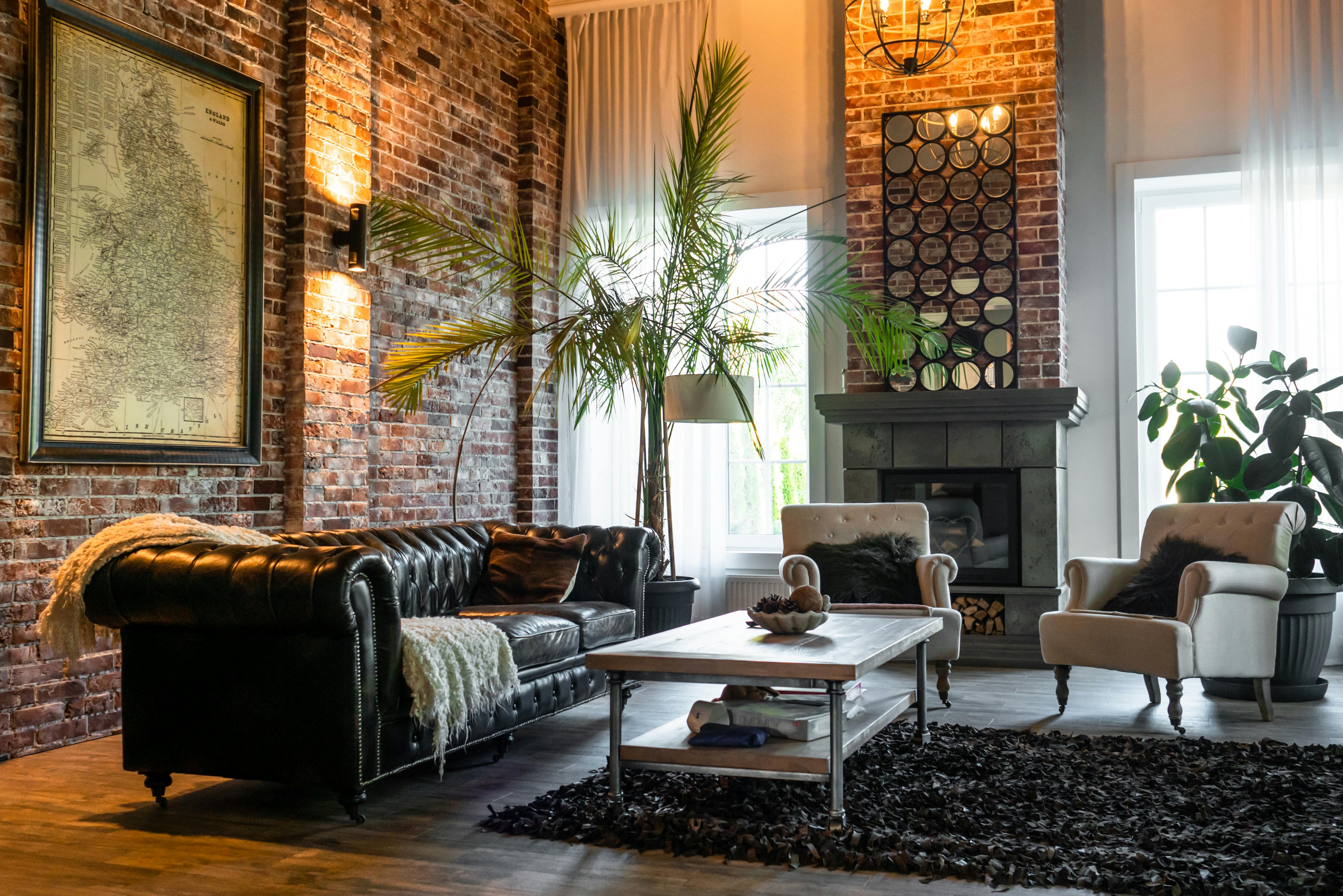"The Resurgence of Wabi-Sabi: Embracing Imperfection in Home Design"
Introduction: Homes are generally perceived as places of perfection, where everything is neatly arranged and organized to create a flawless look. However, there's a growing trend that is challenging this notion. It's called Wabi-Sabi, a Japanese design concept that celebrates the beauty of imperfections. In this article, we delve into the intriguing world of Wabi-Sabi, exploring its historical roots and how it has found its way into modern interiors.

A Brief History of Wabi-Sabi
Wabi-Sabi originates from Japanese tea ceremonies, where utensils were appreciated for their rustic, irregular beauty. The term is a combination of two words: ‘wabi,’ which means ‘rustic simplicity,’ and ‘sabi,’ which refers to ‘the beauty of age and wear.’ Over the years, Wabi-Sabi has evolved into a design principle, finding its place in Japanese homes and gradually making its way into Western interiors.
Embracing Imperfection in Modern Homes
Today, Wabi-Sabi has become a popular design concept in modern homes. It encourages homeowners to appreciate the natural imperfections found in materials like wood, stone, and metal. Rather than seeking flawlessness, Wabi-Sabi endorses authenticity, promoting the use of handmade items that bear the marks of their maker.
Wabi-Sabi and Minimalism: A Harmonious Blend
Wabi-Sabi shares common ground with minimalism, another popular design movement. Both principles advocate for simplicity and the elimination of unnecessary items. However, while minimalism leans towards a clean, polished look, Wabi-Sabi appreciates the cracks, chips, and other imperfections that make an object unique.
The Practicality of Wabi-Sabi
Wabi-Sabi is not only aesthetically pleasing but also practical. The design concept encourages repurposing and recycling old items, which goes hand in hand with the current trend towards sustainability. Additionally, by appreciating the beauty of imperfections, homeowners may feel less pressure to constantly update their homes to match the latest trends.
How to Incorporate Wabi-Sabi into Your Home
Incorporating Wabi-Sabi into your home may seem challenging, but it can be as simple as using a handmade ceramic bowl as a centerpiece or displaying a weathered wooden bench. The key is to highlight the natural imperfections of these items, allowing them to tell their own story.
In conclusion, Wabi-Sabi offers a refreshing perspective in the world of home design. It challenges the modern obsession with perfection, promoting a more authentic, sustainable, and ultimately, more human approach to decorating our homes.




